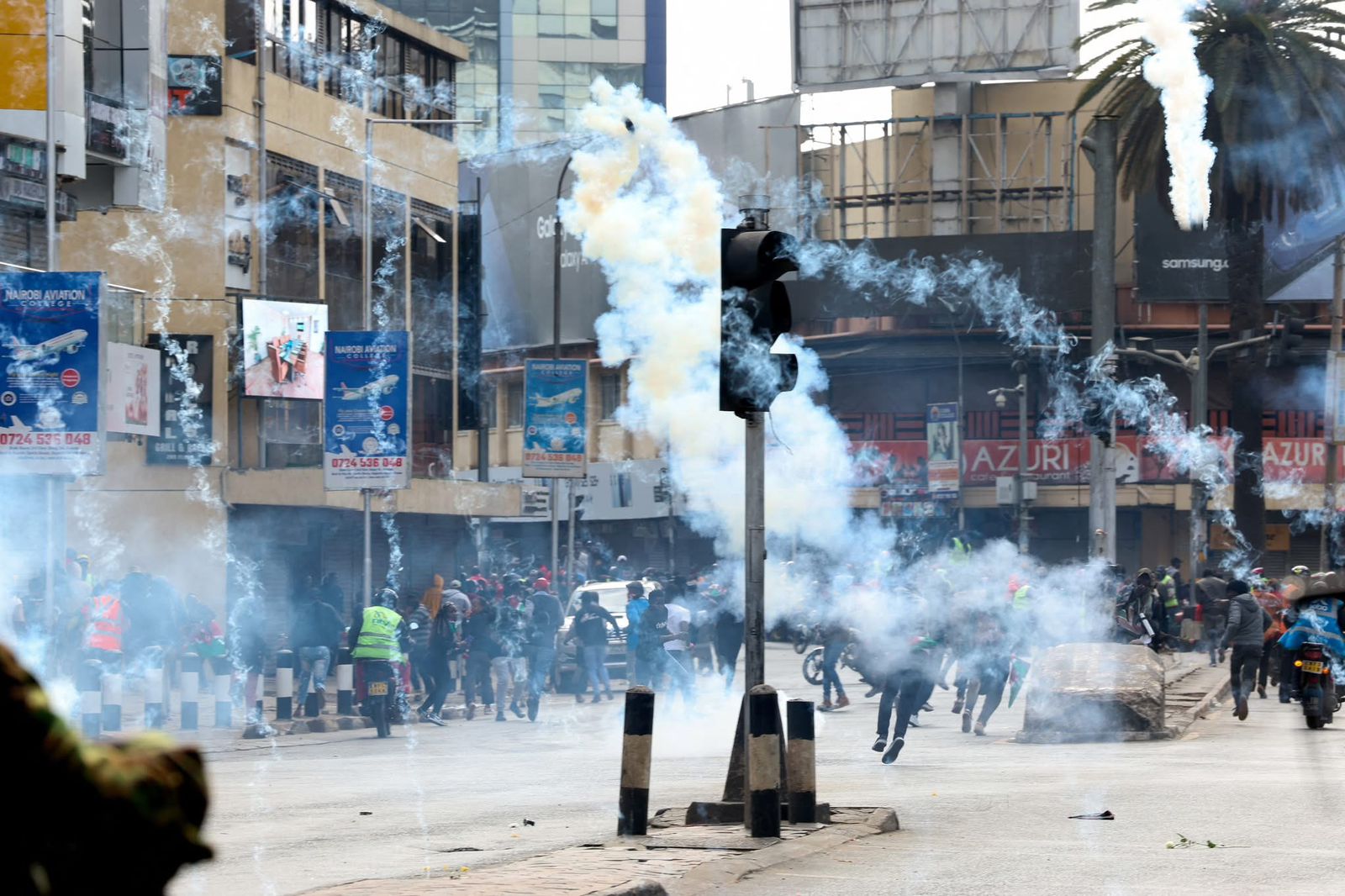
Malaria the killer disease of 2016

Malaria is the leading killer disease of 2016, even with decreased number of cases in 2016 as compared to 2015 according the United Nations reports the Eye Radio.
UN Office for the Coordination of Humanitarian Affairs (OCHA) reports 2.2 million cases, including more than 500 deaths recorded last year, compared to almost 2.4 million cases, including 1,000 deaths in 2015.
71 percent of the Malaria deaths were Children under the age of 5 years. Pregnant women and children under age 5 are especially vulnerable, with malaria during pregnancy potentially resulting in high maternal mortality, low birth weight and maternal anemia according to OCHA.
In 2016 the response to malaria included distributing protective insecticide treated nets, indoor spraying with insecticide in the IDP camps and, treatment for pregnant women and surveillance since malaria is transmitted by bites from infected mosquitoes.






